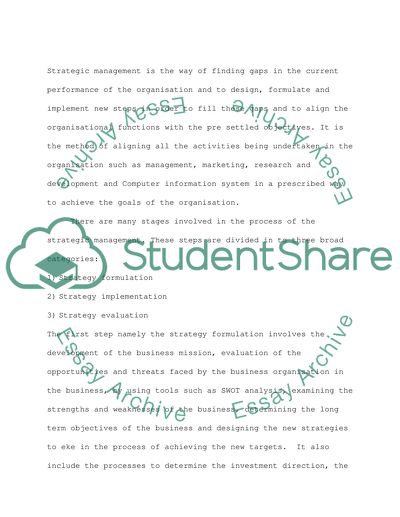Cite this document
(“Importance of Strategic thinking and formulation in the organisational Essay”, n.d.)
Retrieved from https://studentshare.org/miscellaneous/1508400-importance-of-strategic-thinking-and-formulation-in-the-organisational-change
Retrieved from https://studentshare.org/miscellaneous/1508400-importance-of-strategic-thinking-and-formulation-in-the-organisational-change
(Importance of Strategic Thinking and Formulation in the Organisational Essay)
https://studentshare.org/miscellaneous/1508400-importance-of-strategic-thinking-and-formulation-in-the-organisational-change.
https://studentshare.org/miscellaneous/1508400-importance-of-strategic-thinking-and-formulation-in-the-organisational-change.
“Importance of Strategic Thinking and Formulation in the Organisational Essay”, n.d. https://studentshare.org/miscellaneous/1508400-importance-of-strategic-thinking-and-formulation-in-the-organisational-change.


